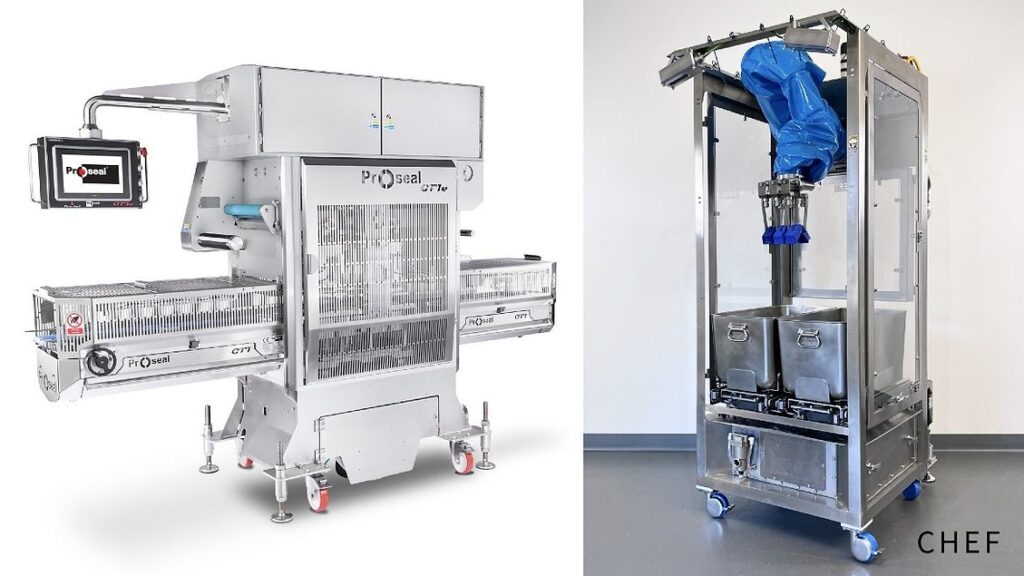In today’s fast-paced business environment, small and mid-sized enterprises (SMEs) increasingly look to automation to drive efficiency, reduce costs, and improve service delivery. Implementing AI-powered automation can be a game-changer for companies, but many operations managers may feel overwhelmed by the technical aspects. This guide will walk you through the steps to design, deploy, and monitor an AI-powered automation solution that aligns with your business goals.
Before diving into the implementation process, it’s important to outline the prerequisites. First, you will need to conduct a thorough assessment of your current operational processes to identify the specific tasks that can benefit from automation. This includes understanding the workloads, employee roles, and areas where inefficiencies exist. Next, gather the necessary resources, which may include hardware such as sensors and cameras, as well as an AI platform to facilitate the automation process. Lastly, ensure that your staff is prepared for the transition by providing training on the new technology.
Once you’ve established the prerequisites, the configuration steps begin with selecting the appropriate AI platform. Choose a user-friendly interface that allows for easy integration with your existing systems. Example platforms include cloud-based solutions that offer scalability and flexibility, which are essential for SMEs. After selecting a platform, configure it to align with your specific business needs. For instance, if you are automating a packaging line, set parameters for how the automation should interact with current machinery to avoid bottlenecks.
Testing the system is crucial before full deployment. Run simulations to validate that the AI can effectively handle tasks such as item detection and movement. During this phase, use example inputs—like different product types or tray designs—and observe whether the automation can successfully pick, place, and seal items without errors. Expected outcomes during testing include accurate placements with minimal downtime and efficient use of resources.
Monitoring is another critical component in the automation lifecycle. After deployment, establish a system for real-time monitoring of the automation process. This could be as simple as an app on a tablet that provides a dashboard view of the automation’s performance metrics, such as the number of items processed per hour or error rates. Use this data to identify areas for improvement and optimize workflow. Consider setting up alerts for anomalies to ensure that any issues are addressed promptly.
Effective error handling is necessary to maintain smooth operations. Create protocols for when the system encounters an unrecognized object or fails to process an item correctly. For instance, if a tray is misaligned, the AI should automatically alert operators and pause the line until the error is resolved. Testing these protocols during the initial phases will help reduce downtime in the long run.
Cost control is critical, especially for SMEs. During the initial setup, estimate the costs associated with the hardware and AI software, as well as ongoing expenses such as maintenance and energy usage. Calculate the potential ROI by comparing these costs against the expected efficiency gains and labor savings. For example, if implementing automation reduces labor needs by 20% while improving production speed, quantify these benefits to gauge the investment’s value.
While focusing on implementing AI-powered automation, security must not be overlooked. Ensure that the platform used has robust security measures such as data encryption and access controls. Proper data retention policies should also be established to comply with regulations and protect sensitive information. Evaluate how the platform handles data privacy, especially if customer data is involved in production processes.
Vendor lock-in is another risk when selecting an automation platform. Ensure that the chosen solution allows for interoperability or integration with other systems, so you aren’t bound to a single vendor. This flexibility is crucial as technology and business needs evolve.
After implementation, ongoing maintenance will be necessary to keep your AI automation running smoothly. Regular updates to the software can enhance performance and security. Schedule consistent training sessions for your staff to address any operational changes and ensure they are familiar with troubleshooting common issues.
In summary, designing, deploying, and monitoring an AI-powered automation solution for your SME is achievable with careful planning and execution. Start by establishing prerequisites, then proceed through configuration, testing, monitoring, error handling, and cost management. Address security, data privacy, and vendor lock-in to create a sustainable automation framework that benefits the business over time.
FlowMind AI Insight: Embracing AI-powered automation not only enhances operational efficiency but also positions small and mid-size businesses for scalable growth. By following these structured steps, operations managers can confidently navigate the complexities of automation, ensuring their organizations are equipped to thrive in an ever-evolving marketplace.
Original article: Read here
2025-09-28 21:46:00

